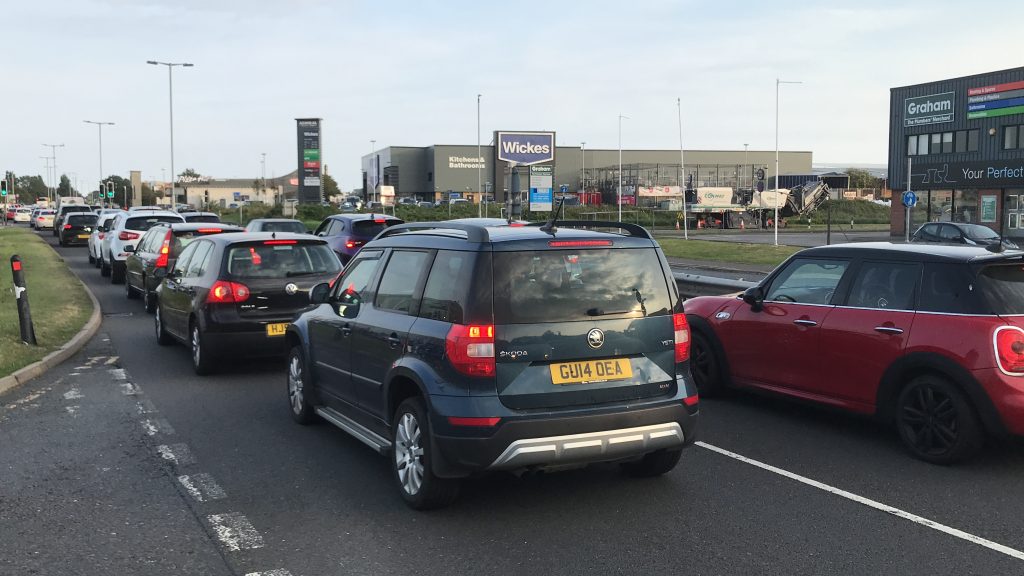East Sussex County Council have consulted the public over plans to make Polegate High Street a 20mph speed limit, which suggests the Council are using the road as trial to see whether a lower speed limit could make the county’s streets safer and cleaner.
The consultation closed on 26 November. Other suggested improvements for Polegate High Street include better pedestrian access and improved bus stop facilities.
The 20mph speed limit trend
There is a growing trend to make densely populated urban areas more accessible for pedestrians and cyclists.
The Welsh government already have a head start. In Wales, the current Government is introducing a 20mph speed limit on certain roads across the country. The change will be trialled in eight communities to gather data about best practice. If the trial is a success, the 20mph speed limit could become the standardised in Wales by 2023.
Why a 20mph speed limit?

The Daily Mail has reported that reducing speed limits from 30 to 20mph can reduce emissions from a typical car by 28%.
Scientists once thought driving at 20mph was less efficient and more polluting than travelling at 30mph.
However, these scientists based their findings on engines ‘cruising’ over a period of time. New research by Skyrad based on ‘stop/start’ traffic tests, suggests that one might find in a town centre that CO2 emissions were 26% lower at 20mph while NOx was 28% lower at 20mph.
This is great news for campaigners who believe urban speed limits keep pedestrians safe and reduce noise pollution.
Speed limits reduce carbon emissions
Skyrad’s graph shows that the mean CO2 produced is a minimum between 15 and 20mph
According to the evidence, if more UK urban areas enforce a 20mph speed limit, carbon emissions will decrease.
Rob King, MBE and founder of ‘20’s Plenty for Us’, praised the research’s findings
He said ‘This research quantifies the effect and shows how reducing maximum speeds can have a significant effect on emissions.’
Speed limits improve air quality
Skyrad’s second graph shows that a lower speed limit would also improve air quality by reducing the amount of NOx. A combustion engine produces NOx, a harmful pollutant, when it burns fuel.
Speed Limits: The Transport Group view
1] The EEAN transport Group support this project in Polegate and are keen to see other similar projects in the Eastbourne. In response to the consultation, the EEAN Transport Group suggested further improvements to the plan.Install low cost ‘implied’ zebra crossings. These cost less than £1,000 each and do not include a Belisha Beacon, which can take the cost to around £30,000. In Greater Manchester, early trials show that drivers are more likely to give way to pedestrians when an ‘implied’ zebra crossing is in place. The implementation of the ‘implied’ zebra would give more priority to pedestrians, particularly children and older adults. An ‘implied’ zebra crossing would also improve mobility between transport hubs on the High Street.
2] Providing more prominent signage to encourage drivers to turn their engines off while stopped at the Polegate railway crossing. This would improve air quality for pedestrians and residents. The signage should be extended along the road on both sides of the crossing so that more drivers are aware of the request to turn off their engines. In our experience of walking along the High Street when the crossing is closed, most drivers do not turn off their engines.
David Everson
EEAN Transport Group
